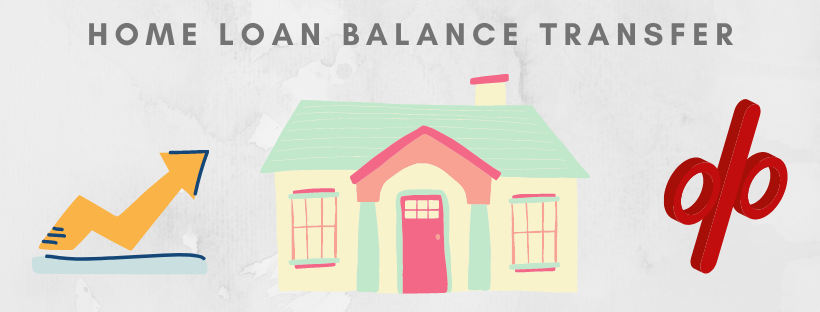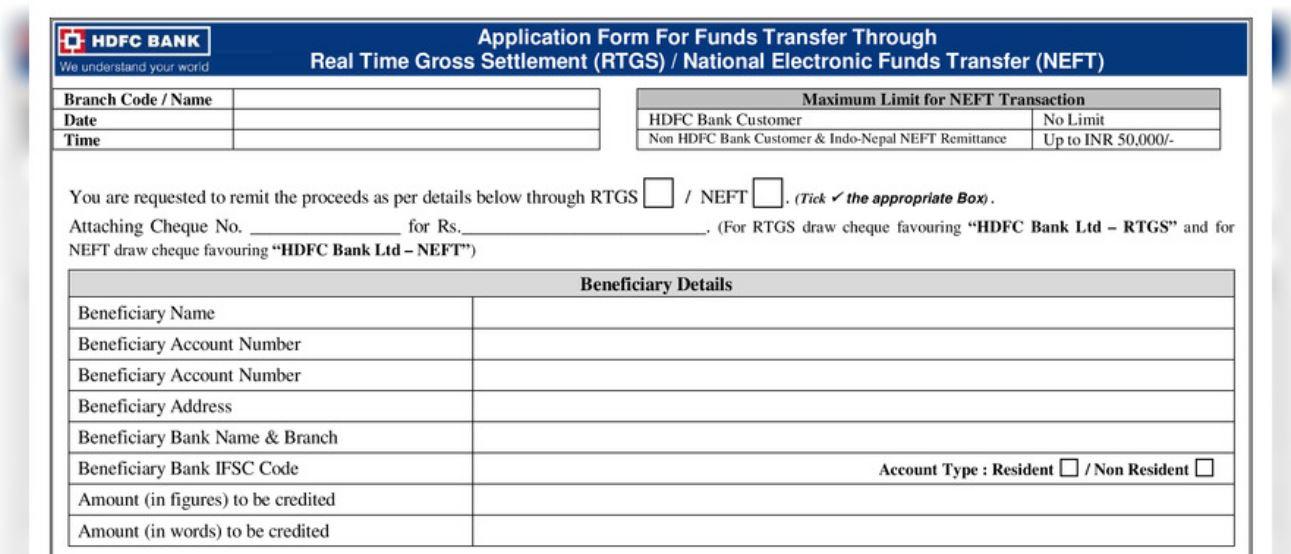When you transfer your outstanding balance amount from your current lender to a new lending institution, it is known as a balance transfer. In this case, the new lender will pay off the outstanding amount to your current lender who transfers all loan-related documents to the former. You then pay the loan EMI to your new lender according to their interest rates and terms and conditions. Furthermore, there are several benefits that one can avail by opting for home loan transfer. Some of them have been mentioned below –
- Lower interest rates –
If you are currently paying the home loan at a significantly high interest rate, then you can consider transferring your outstanding home loan balance to a new lender who is offering better interest rates. It will help in reducing the repayment burden for you.
Furthermore, opting for home loan transfer at a reduced interest rate will enable you to save a substantial amount in the long run.
- Better service terms
Besides the reduced interest rate, the home loan balance refinance will also enable you to enjoy better service terms offered by the new lending institution. For instance, you can avail shortened tenor, better customer service, nominal foreclosure and prepayment charges when you switch your home loan.
- Top up loans
One can also avail other facilities like top up loans when refinancing their outstanding loan amount. A top up loan is an additional funding option that one can avail on top of their home loan without meeting any eligibility criteria for submitting any documents. It has no end-use restriction and can, therefore, be used to achieve a host of financing needs like education fees, medical expenses, weddings and so on.
Some lending institutions also provide pre-approved offers to borrowers which makes the loan application quick and hassle-free. Such offers can be availed on multiple financial products like loan against property, home loans etc. You can check your pre-approved offers by entering your name and contact information.
When to Opt for a Home Loan Balance Transfer?
You need to know the right time to switch your home loan balance to make the most of the benefits.
- The main objective of a home loan balance transfer is to reduce the interest rate on home loan as well as save a substantial amount. Consequently, you should only switch when there is a significant difference in the interest rate being asked by your current and new lender. You can also use a home loan balance transfer calculator to compute the reduction in your EMI amount.
- If you have just availed a home loan and are therefore still in the initial years of your repayment period, you can carry out a home loan balance transfer. Since at this stage, the interest component in your EMIs is higher than the principal amount you will be able to avail the benefits of reduced interest rates. On the other hand, if there are only a few years left in your repayment period, there is no point undertaking home loan refinance as at this stage.
Home Loan Balance Transfer Procedure
You can follow the steps to apply for home loan balance transfer –
Step 1: Make an application to your current lender, informing them that you want to transfer your home loan balance. You may need to pay a foreclosure fee.
Step 2: Collect all your documents along with the NOC or no objection certificate from your lender. Additionally, you also need to know what a home loan NOC and why you should get it.
Step 3: Submit the essential documents to your new lending institution.
Step 5: You will receive a confirmation message from your old lender regarding the closure of your loan account.
Step 6: Once you receive the confirmation, you need to pay all the requisite fees to your new lender along with the EMI.
Documentation
Given below are the documents that you need to submit during home loan transfer –
- KYC documents
- NOC
- Property documents
- For salaried employees – salary slip, Form 16 and account statement for the previous 6 months
- For self-employed individuals – income tax returns for last year, balance sheet and profit and loss statement, business registration certificate.
You must also go through the eligibility criteria specified by your new lender to ensure that you are eligible for a loan balance transfer. Even though this may vary for lender to lender, there are some standard requirements you must meet. Such as, there must be no history of defaulting on your payments and your property must be ready to occupy or already occupied. Other than that, you must carry out a cost benefit analysis while opting for a home loan transfer facility.




